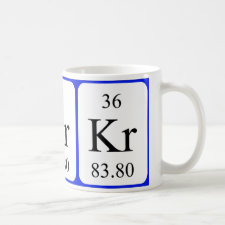Authors: Heravizadeh OR, Khadem M, Dehghani F, Shahtaheri SJ
Article Title: Determination of fenthion in urine samples using molecularly imprinted nanoparticles: modelling and optimisation by response surface methodology.
Publication date: 2021
Journal: International Journal of Environmental Analytical Chemistry
Page numbers: 1-15.
DOI: 10.1080/03067319.2020.1808630
Abstract: In the present study, a molecularly imprinted solid-phase extraction (MISPE) technique coupled with high-performance liquid chromatography was applied for selective extraction and recognition of fenthion insecticide in the biological sample. The nanoparticles of fenthion imprinted polymer were prepared by precipitation polymerisation using methacrylic acid (MAA) as functional monomer, ethylene glycol dimethacrylate (EGDMA) as cross-linker, and 70 mL of chloroform. Morphological and structural characterisation was achieved by scanning electron microscopy and infrared spectrometry. The optimisation of parameters being effective on extraction yield was carried out by employing the central composite design (CCD). The empirical models were developed to link the output response and input variables and the proposed models were tested for significance through analysis of variance (ANOVA). The optimum conditions leading to the maximum efficiency of MISPE were sorbent mass of 8.61 mg, sample pH 4.93, sample flow rate of 2.07 mLmin-1, as well as 1.94 mL of methanol/acetic acid (95.7:4.3, v/v) at the flow rate of 1 mLmin-1 as elution solvent. Under the optimised conditions, a linear range of 20-120 μgL-1 was obtained and the limit of detection was found to be 4.58 μgL-1. Analysis of spiked urine samples demonstrated the satisfactory efficiency of the designed protocol ranging from 92.69 to 95.64% and the relative standard deviation (RSD) was calculated to be lower than 3.75%
Author keywords: Fenthion, organophosphorus pesticide, Molecular imprinted polymer, Biological monitoring, Central composite design, High performance liquid chromatography



Join the Society for Molecular Imprinting

New items RSS feed
Sign-up for e-mail updates:
Choose between receiving an occasional newsletter or more frequent e-mail alerts.
Click here to go to the sign-up page.
Is your name elemental or peptidic? Enter your name and find out by clicking either of the buttons below!
Other products you may like:
 MIPdatabase
MIPdatabase









